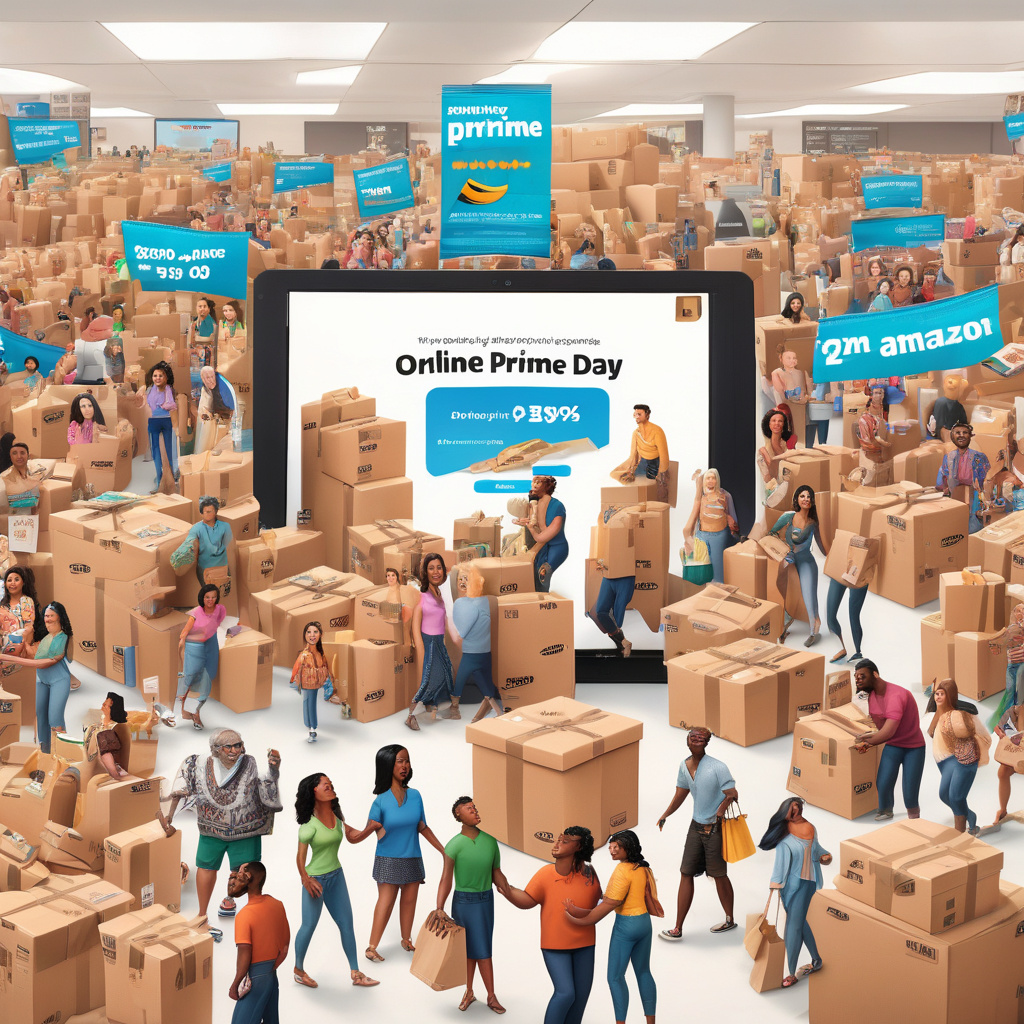Advertisers’ Amazon Prime Day: Longer Event, Cautious Spend
Amazon Prime Day, the highly anticipated shopping event, has always been a prime opportunity for advertisers to showcase their products and services to a massive audience. However, this year, advertisers approached the event with caution, leading to a sharp drop in media spend during the first two days compared to the previous year.
The shift in advertisers’ strategies can be attributed to several factors. One significant change was the longer duration of this year’s Prime Day event. Traditionally a 48-hour event, Amazon extended Prime Day to run for a total of 65 hours, giving advertisers more time to capture the attention of potential customers. While the extended timeframe provided a broader window for engagement, advertisers had to carefully manage their budgets to sustain their campaigns effectively over the extended period.
Another factor that influenced advertisers’ cautious approach was the lingering effects of the global pandemic. The uncertainty brought about by the pandemic has made advertisers more mindful of their spending and ROI. With consumer behavior evolving rapidly in response to changing circumstances, advertisers are keen on optimizing their campaigns to align with shifting preferences and priorities.
Additionally, the competitive landscape on Amazon has become more intense, with brands vying for visibility and market share. As competition heats up, advertisers need to be strategic in their approach to stand out amidst the crowd. This increased competition can also drive up advertising costs, further necessitating a prudent approach to media spend.
Despite the drop in media spend during the initial days of Prime Day, advertisers remain optimistic about the potential of the event to drive sales and boost brand awareness. By carefully calibrating their strategies, advertisers can leverage the extensive reach of Amazon Prime Day to connect with consumers and drive conversions effectively.
To navigate the evolving landscape of Amazon Prime Day and maximize their impact, advertisers can implement several key tactics:
- Strategic Targeting: Advertisers should focus on targeting specific audience segments based on their preferences, behaviors, and demographics. By tailoring their messaging to resonate with target audiences, advertisers can enhance engagement and drive conversions.
- Compelling Creatives: Eye-catching creatives are essential to capturing the attention of consumers amidst the deluge of advertisements during Prime Day. Advertisers should invest in compelling visuals and copy that highlight their unique selling propositions and entice shoppers to make a purchase.
- Data-Driven Optimization: Leveraging data analytics and insights can provide advertisers with valuable information to optimize their campaigns in real time. By monitoring key performance indicators and making data-driven decisions, advertisers can refine their strategies for maximum impact.
- Cross-Channel Promotion: Integrating cross-channel promotion can amplify the reach of advertisers’ campaigns and drive traffic from various touchpoints. By coordinating their efforts across different channels, advertisers can create a cohesive brand experience for consumers.
As Amazon Prime Day continues to evolve and grow in significance, advertisers must adapt their strategies to make the most of this key shopping event. By approaching Prime Day with caution, strategic planning, and a focus on ROI, advertisers can unlock the full potential of this high-impact opportunity.
Amazon Prime Day, advertisers, media spend, cautious approach, competition, strategic targeting, compelling creatives, data-driven optimization, cross-channel promotion
